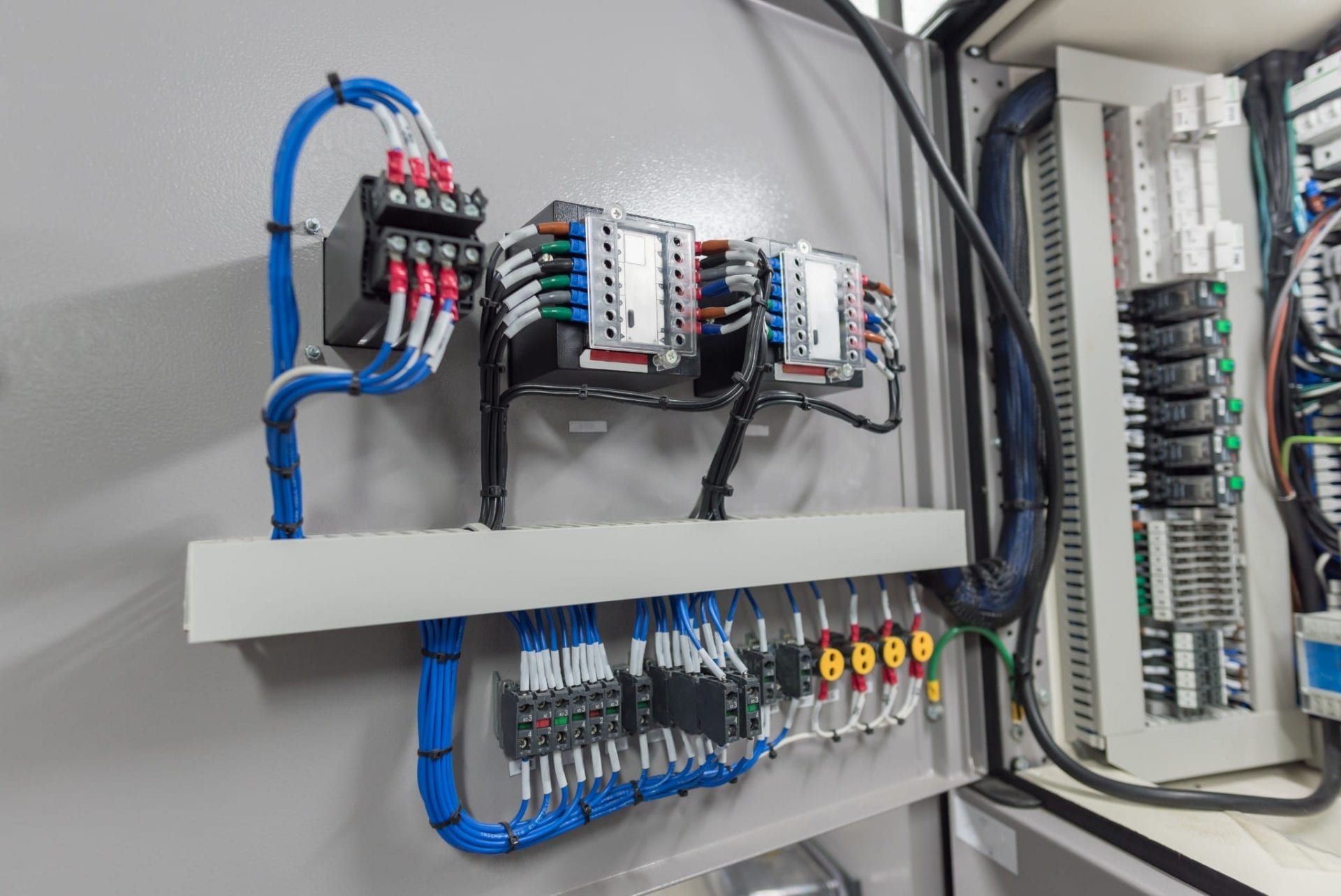The Ultimate Beginner's Guide to Electrical Wiring: All You Need to Know

Electrical wiring is a crucial part of any home and understanding it is crucial for each homeowner. Not only is it helpful in ensuring the proper running of your house, but it is also critical for your security. In this post, we’ll discuss the basics of electrical wiring and the importance of safety, and the benefits of employing an authorized residential electrician to handle all of your electrical wiring requirements.
Understanding the fundamentals of electrical wiring
Wiring for electrical purposes is the network of electrical conductors which run through your home, carrying electricity to your appliances as well as lighting fixtures. It works by forming electrical circuits which connect your electrical power source and your appliances. Electrical circuits are made up of switches, wires along with other electronic components, which work together to create a safe and reliable electrical system. There are many kinds of electrical wiring, including aluminum, copper, as well as different types of wire insulation, like PVC or rubber.
Planning and Preparation for Electrical Wiring
When installing an electrical wire, you must consider several aspects to take into consideration, such as the kind of wiring that you’ll need, the size of your electrical system, and the power requirements you require. In addition, it is essential to be aware of electrical rules and regulations for wiring as well as the permits that are required in your area. In order to prepare for electrical wiring, you must create an electrical plan, and then assess your electrical requirements. This will ensure that your electrical system is secure efficient and effective, as well as meeting the power requirements of your home.
Materials and Tools Needed for electrical wiring
When installing new electrical wiring it is important to have the appropriate tools and materials available. Essential tools include strippers, wire cutters pliers, as well as an electrical voltage tester. Other items required to conduct electrical wiring are electrical tape, wire nuts, conduit as well as electrical box. It is also helpful to have a wiring diagram that will guide you through the process of installing.
Step-by-Step Guide to Electrical Wiring Installation
Installing electrical wiring can be a complex process, but with the right tools and knowledge it can be accomplished in a safe and efficient manner. This is a step-by-step guide for installing new electrical wiring inside your home:
Switch off the power in the location where you’ll be working.
Plan the wiring layout and mark the location where the wiring will be installed.
Install electrical boxes and conduit wherever needed.
Cut and strip the wires to the appropriate length.
Connect the wires to the devices or fixtures you’re wiring.
Make sure the wires are secured with wiring nuts, electrical tape, or even conduit straps.
Test the wiring to ensure that it’s functioning correctly.
In the process of installing, it is important to adhere to wiring installation best techniques and guidelines. Also, be conscious of common mistakes you need to avoid when installing electrical wiring such as over-loading the circuits of wires that are damaged and using the incorrect type of wire to accomplish the task.
Troubleshooting Electrical Wiring Problems
Even with careful planning in the installation and design, wiring problems could occur. The most frequent issues are wiring damages, circuit overloads, and electrical shorts. To solve these issues it is crucial to know about typical electrical wiring issues and know how to efficiently and safely solve the issue. It is also essential to follow the proper electrical safety protocols when troubleshooting electrical wiring issues including shutting off the power and wearing safety equipment.
Conclusion
In conclusion, understanding the electrical wiring inside your home is essential for your safety as well as the effective operation the electrical systems. It is crucial to engage a licensed electrician to ensure your wiring is set up and maintained in a proper manner. We at Local Electrician Glenmore Park, we provide a range of electrical services that include electrical wiring repair and installation. Contact Local Electrician Glenmore Park at 1300 610 481 for all of your electrical wiring requirements.
Electrical Wiring FAQ
Here are some frequently asked questions related to electrical wiring, along with additional safety tips and the best methods for electrical wiring repair and installation:
What type of wire do I need to use for my electrical wiring?
The type of wire you should use for electrical wiring is contingent on the specific requirements of your home and the local building code. It is important to use the right gauge for your wire as well as the appropriate insulation type and wire materials to ensure the security and effectiveness that your electric system is running at its best.
Can I install myself my own wiring for electrical use?
Although it is possible to create the wiring yourself, it is important to have the right expertise and experience to do so safely and efficiently. In the majority of cases it is advised to employ an authorized electrician to ensure that your wiring is properly installed and maintained properly.
How often should I have my electrical wiring inspected?
It is suggested to have your electrical wiring inspected every 10 years or when you spot indications of electrical issues, such as frequent circuit breaker trips or electrical shocks.
What should I do if I find electrical wiring issues in my home?
If you observe any electrical wiring problems in your home, for example, flickering lights or outlets that won’t function, it’s important to take action immediately. Switch off the power source to the area affected and call an accredited electrician to assess and repair the problem.
By following these tips and best methods, you can be sure the electrical wires are safe and functioning correctly. Make sure you are taking safety into consideration and get a certified electrician whenever you need to. Reach out to Local Electrician Glenmore Park at 1300 610 481 to discuss all of electrical wiring issues.
